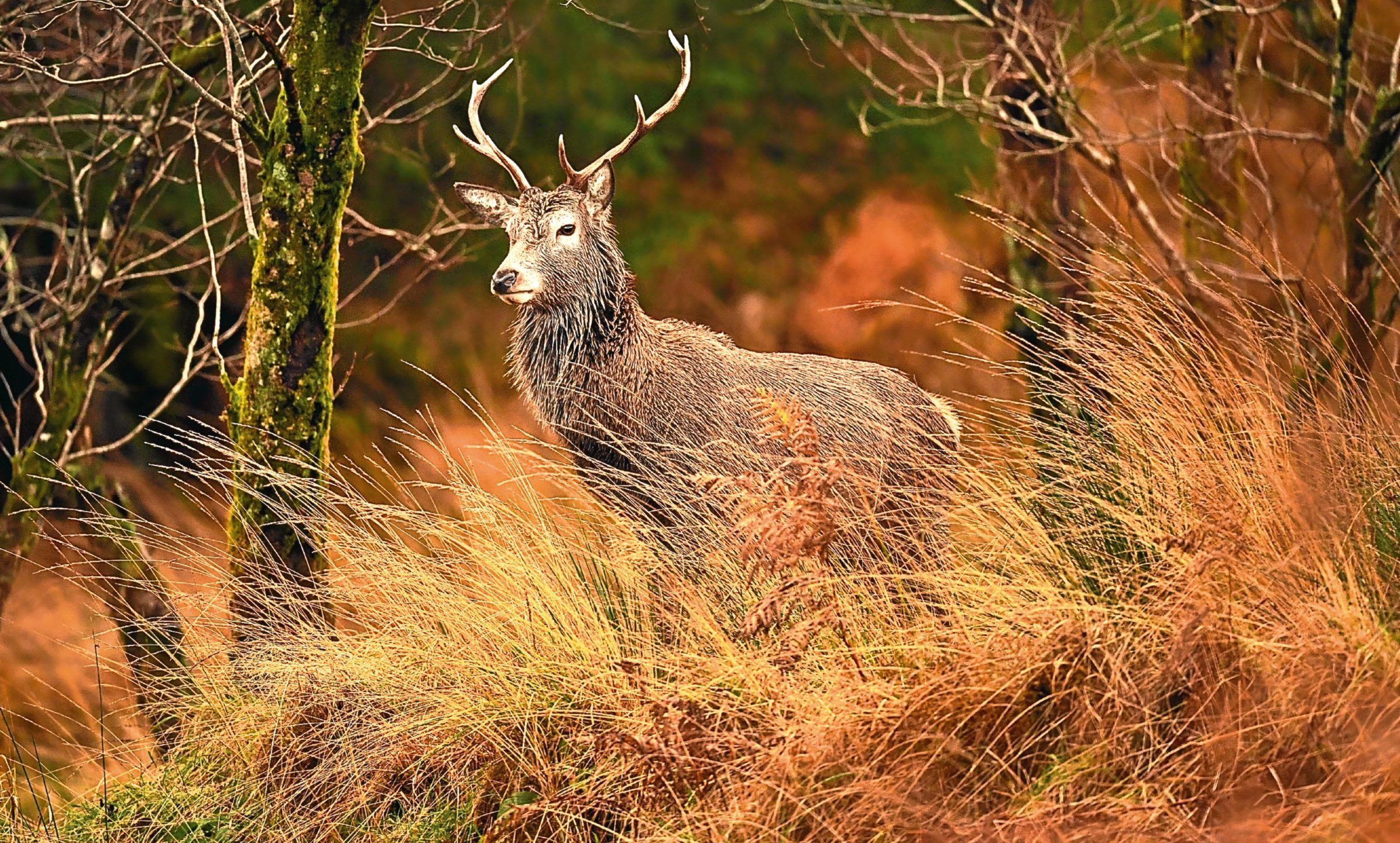The term “wildlife management”, often used in the environmental polemics of the day in reference to human manipulations, is an oxymoron. We should have learned long ago to simply leave the proper natural space, to respectfully withdraw and let wildlife manage wildlife.
Those words come from a book, Swampwalker’s Journal, by the American wildlife artist and writer David M. Carroll. I borrowed them when I was writing my beaver book Nature’s Architect because I was trying to show how a new relationship with the land might be more generous towards nature, by abolishing what is still essentially Victorian landscape practice and prejudice, and by letting wildlife manage wildlife.
The same words came to mind again with the news the Scottish Parliament will debate that sacred cow of the Victorian mindset – deer management.
There is no appetising way of trailing this event for you, so here is the unappetising reality: four years worth of study by Scottish Natural Heritage has been compiled into a report, which in turn has been scrutinised and commented upon in a report by the environment, climate change and land reform committee, and it is that and its recommendations which will form the basis of the debate.
Bad English
I have been reading the report, which contains chunks of the SNH study. It is not for the faint-hearted, not least because it deploys a species of English with which I am not immediately familiar.
For example: “Table 4.1 shows that 48 per cent of such sites are in a favourable condition, therefore 52 per cent are in a category ranging from unfavourable recovering to unfavourable.”
But there is a serious point within the mockery.
The present system of local deer management groups policed by SNH is not working but then it has never worked. The committee points out that SNH seems to be “unable or unwilling to enforce the legislation to secure the national interests”.
The overgrazing of vast areas of Scotland, particularly by red deer, is a modern phenomenon created wholly by human eradication of natural processes, particularly the relationship between the deer and their natural predators. This in turn has created that oxymoron known as wildlife management.
It is almost impossible to overstate the calamitous effect on biodiversity of well over 200 years worth of predator-free red deer herds at the mercy of nothing more efficient than men with guns.
A country like Scotland with an essentially temperate climate on the edge of the Atlantic Ocean should be naturally forested.
No forest
The naturalist Roy Dennis once suggested that you should not be able to refer to woodland as forest unless you could walk through it all day without emerging on the far side. It has always seemed to me to be a sublime definition.
But on that basis, and thanks to deer, Scotland has no forest at all.
The trouble with today’s Holyrood debate is its scope. Nowhere in the ponderous and timid ramblings of SNH or the occasionally more forceful bureaucrat-speak of the committee is there any suggestion of a natural solution to the problem.
To be specific, you will find no mention of the word “wolf”.
Any rational outside observer can see that SNH and deer management groups are the problem, not the solution; that constantly devising new bureaucratic systems to expand our capacity to interfere with nature – and call it wildlife management – is a road to nowhere at all.
It’s the right time for a debate on our attitudes towards deer. But it’s the wrong debate.










